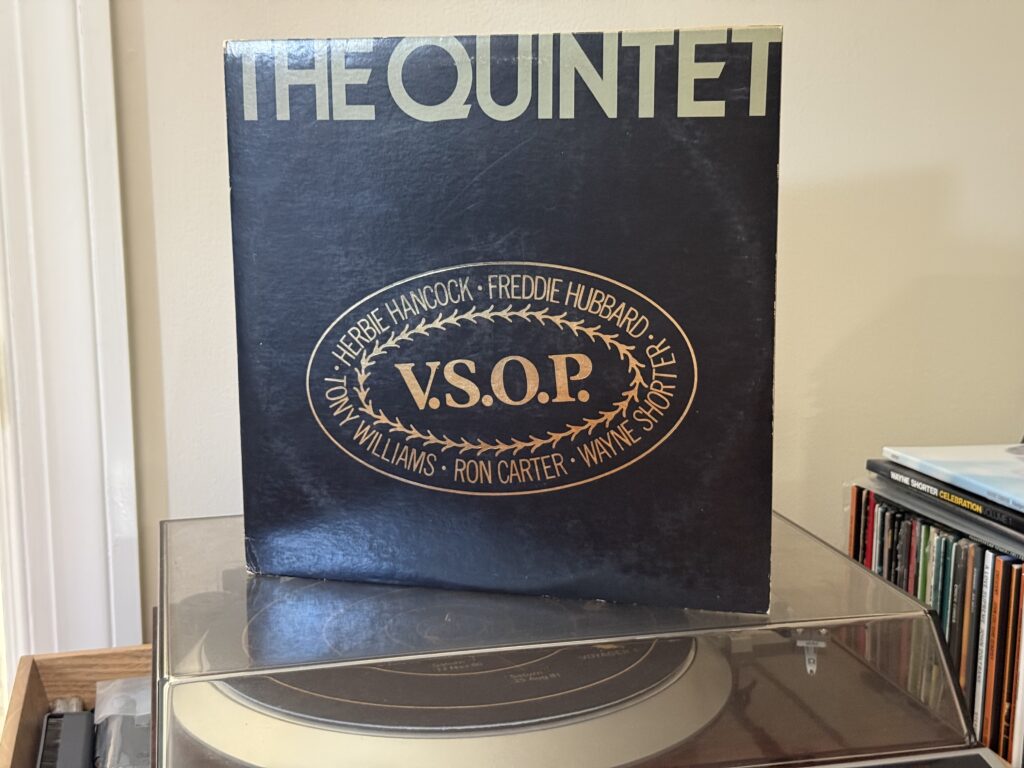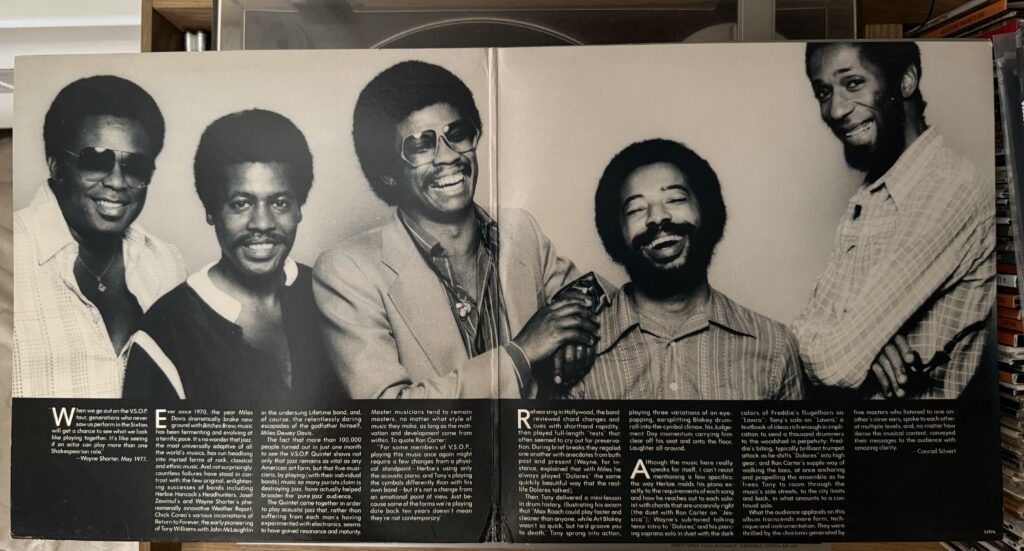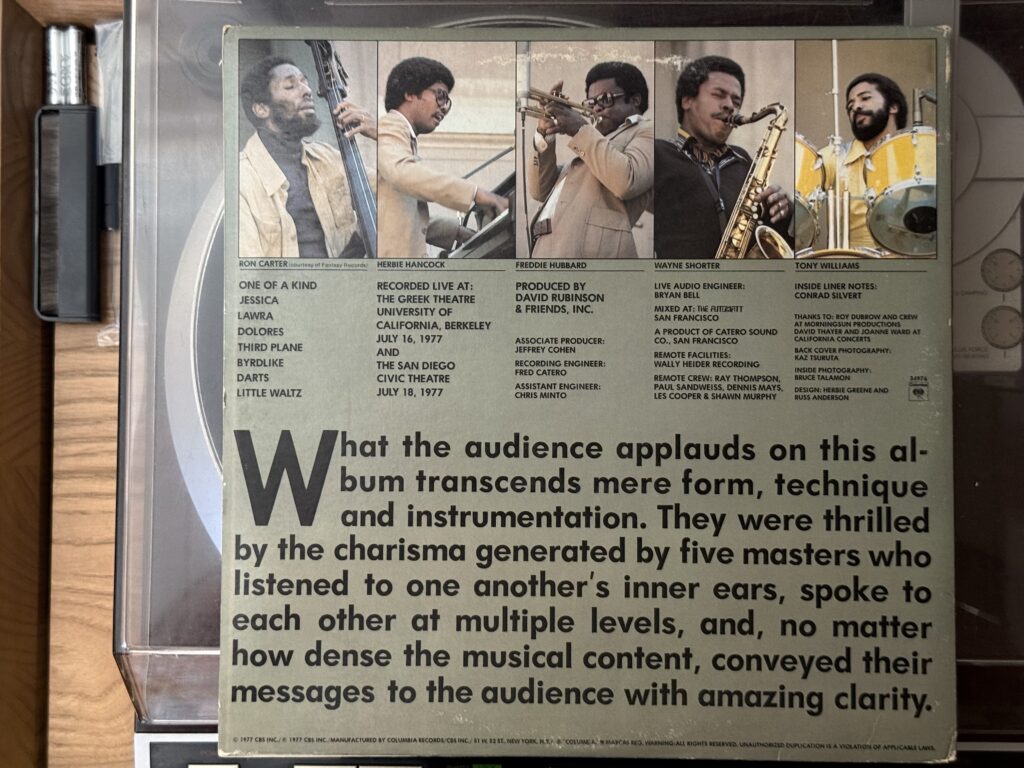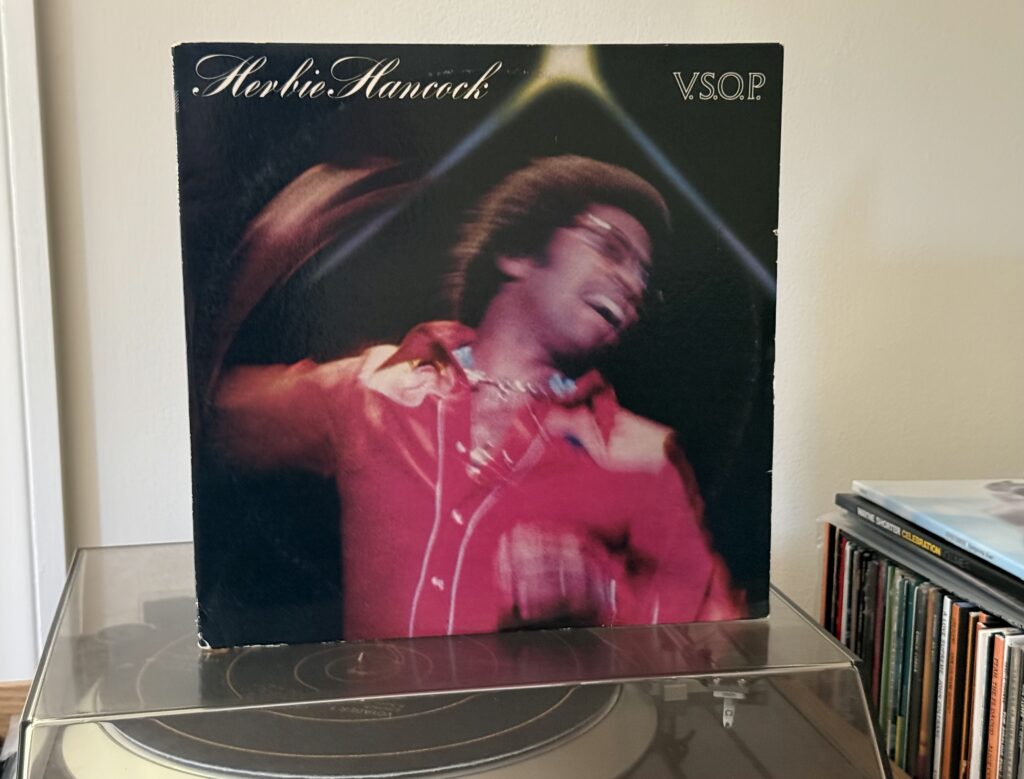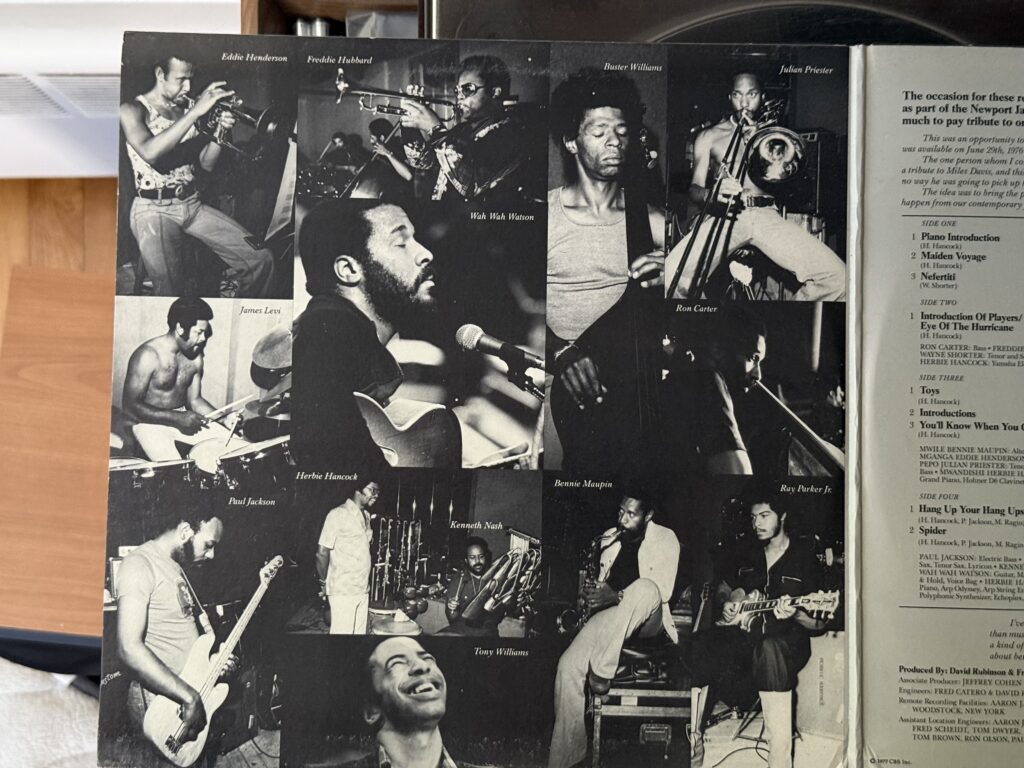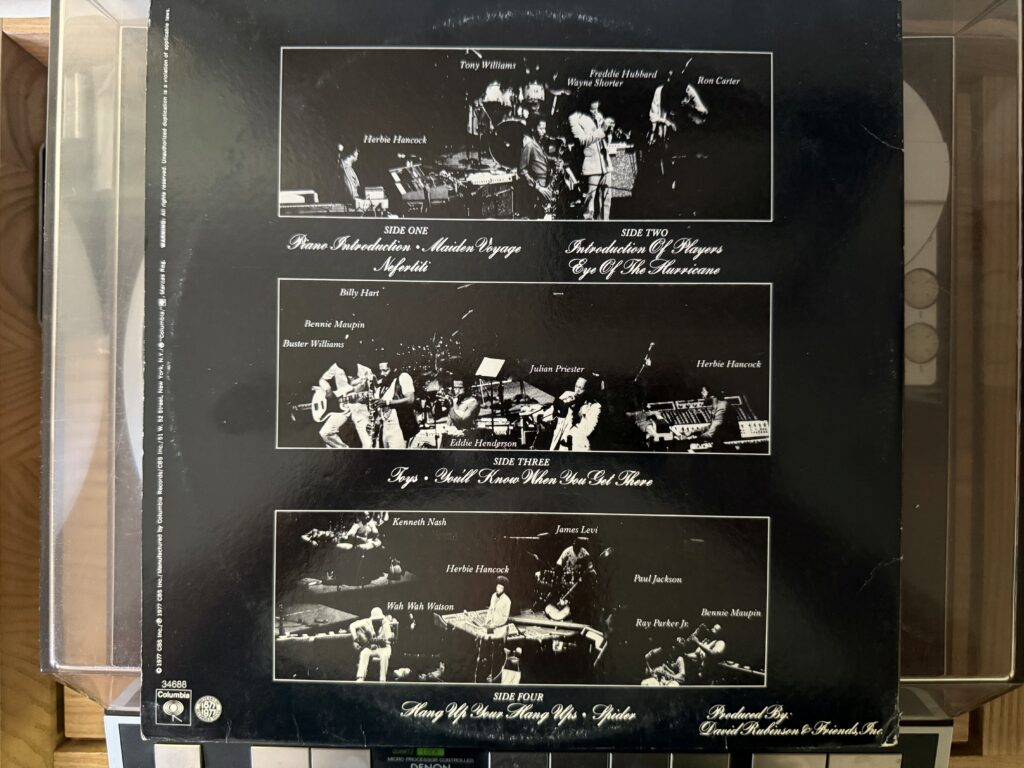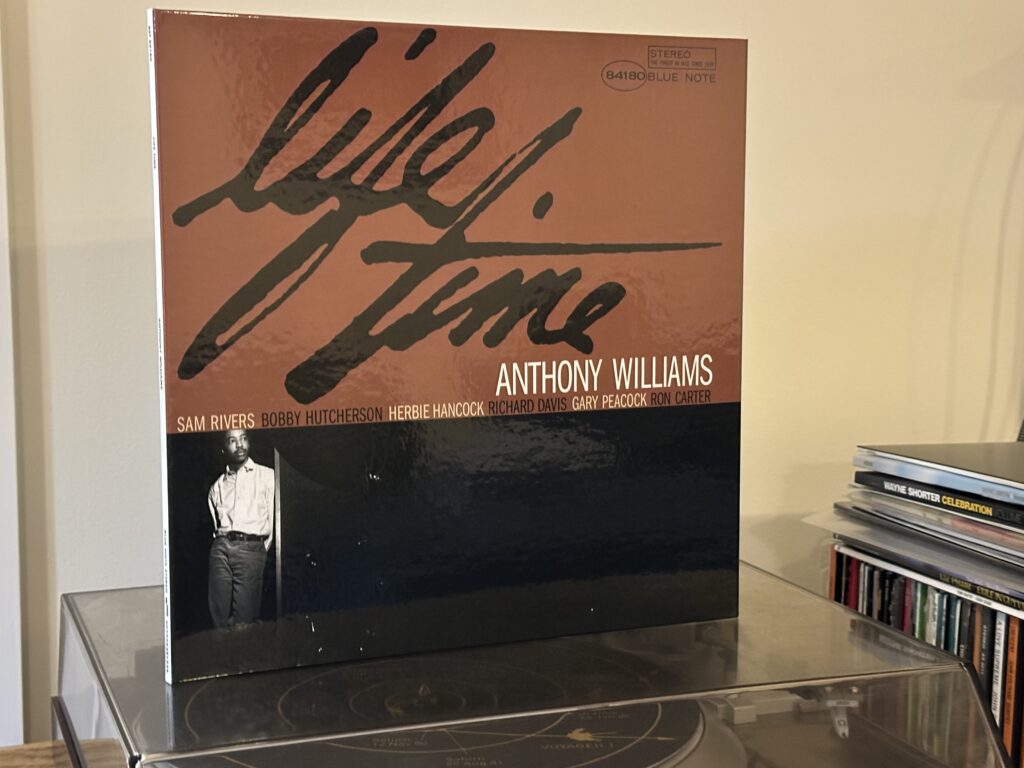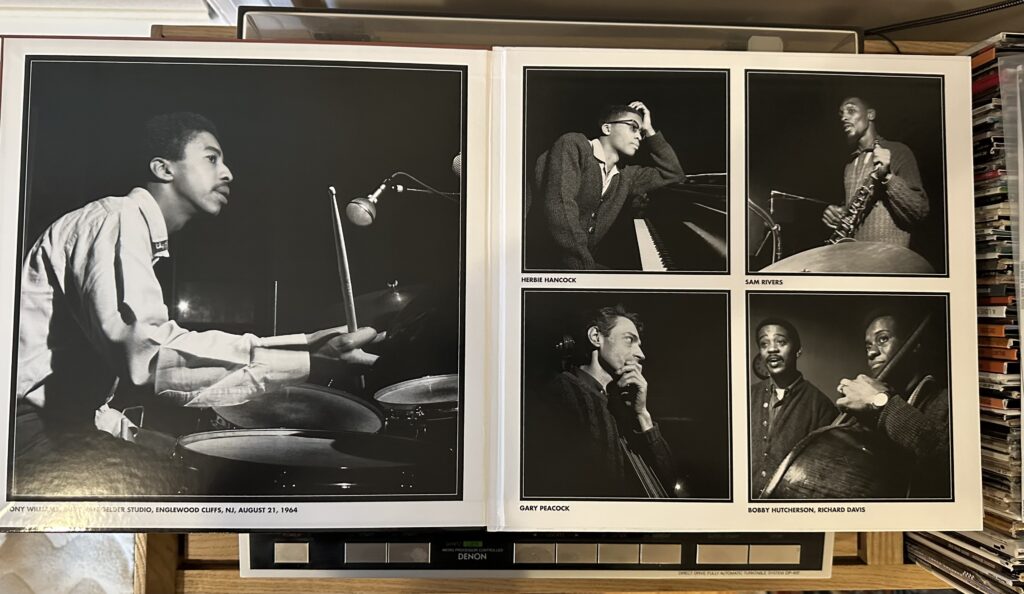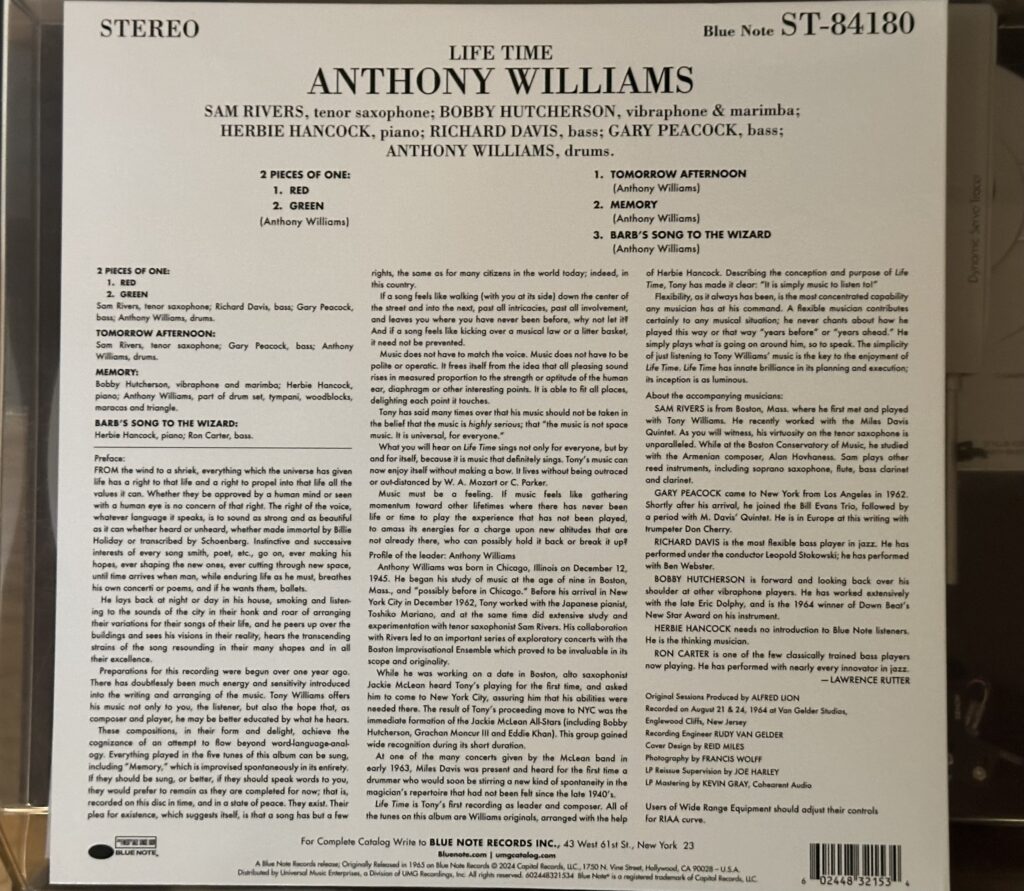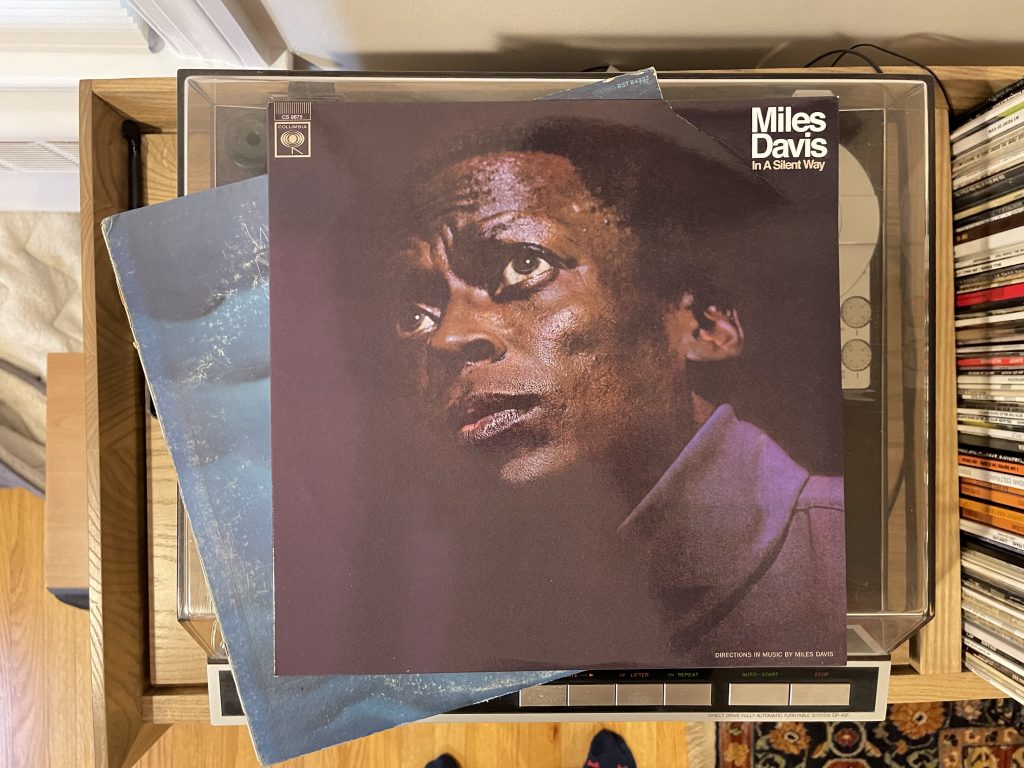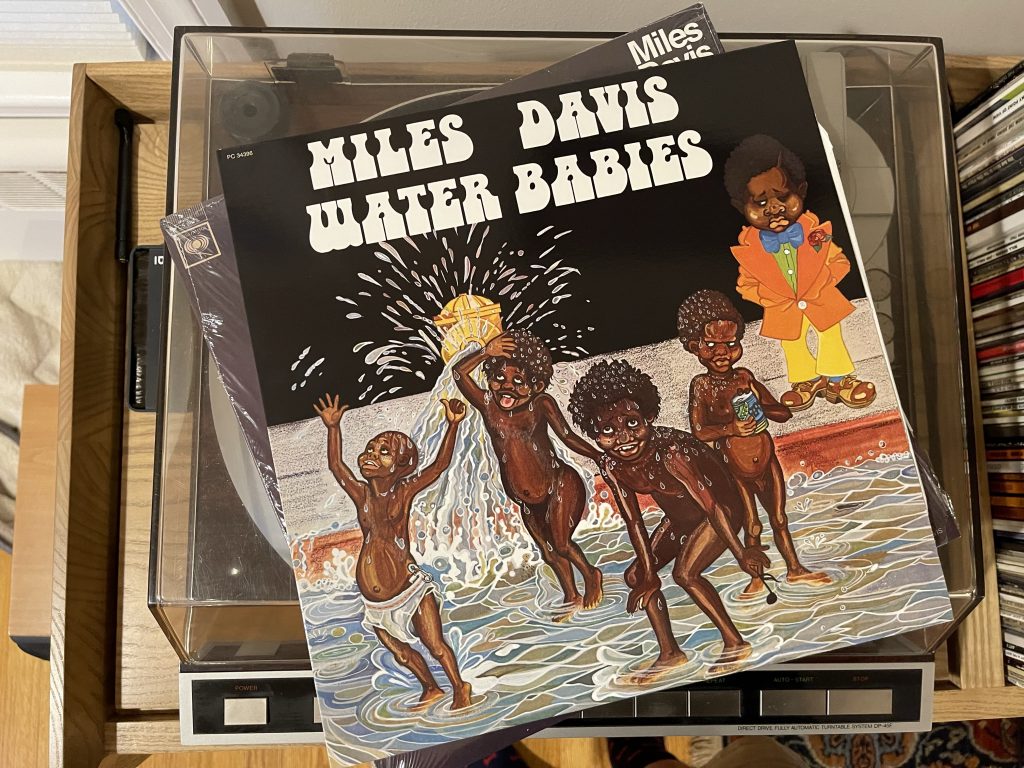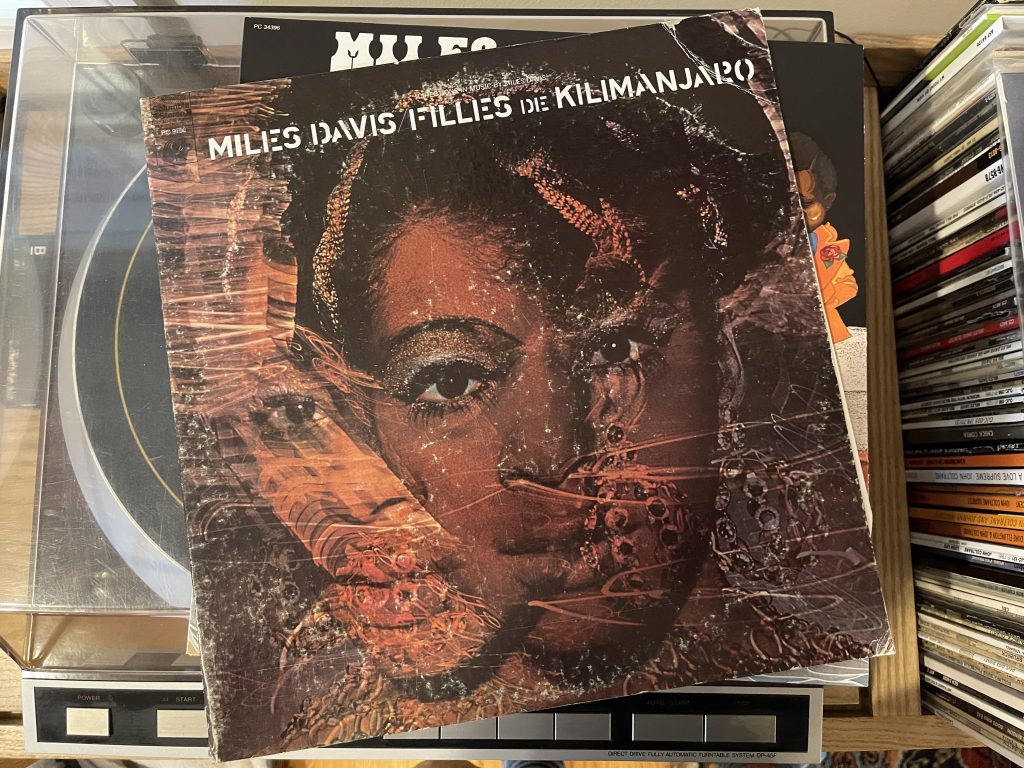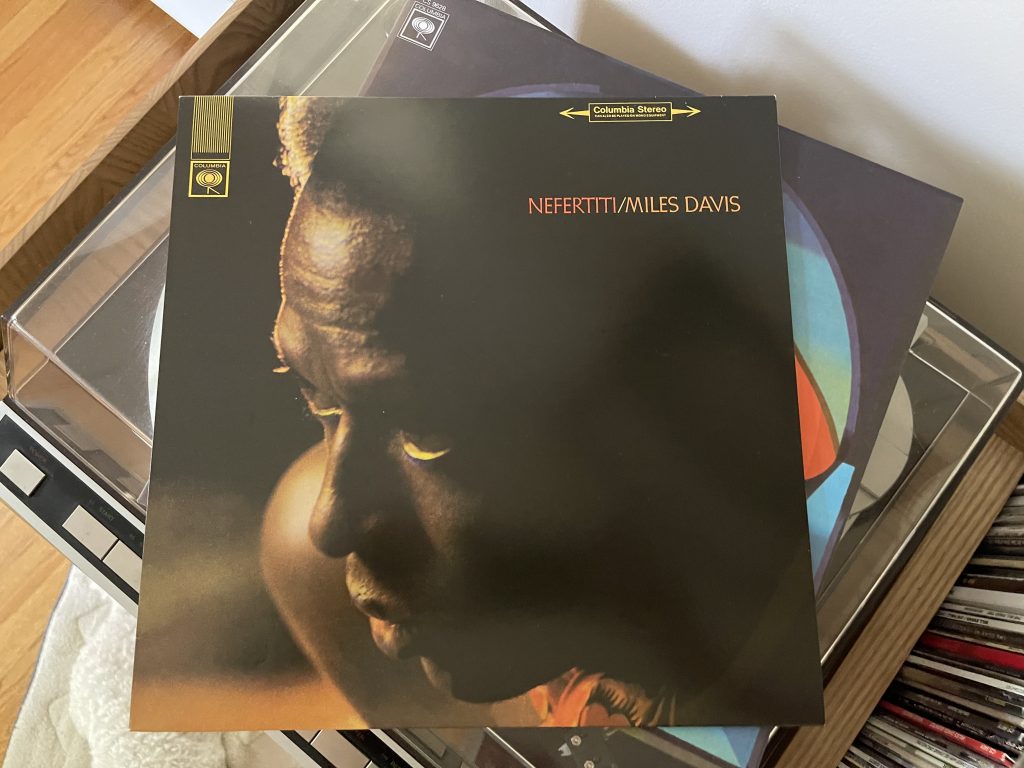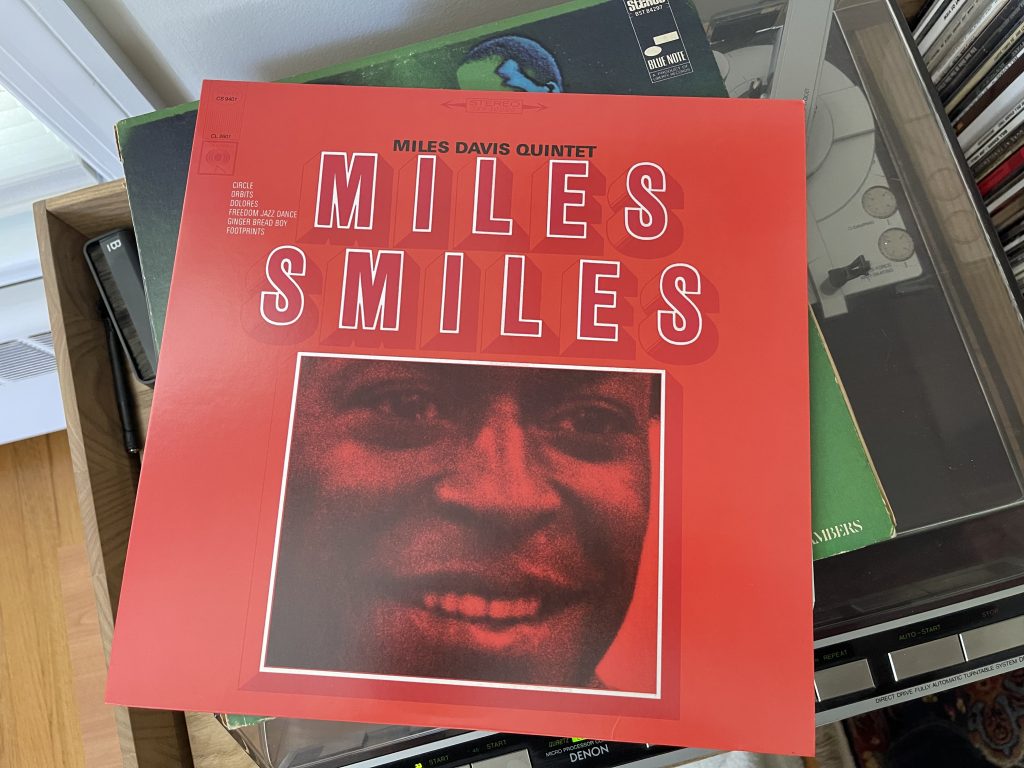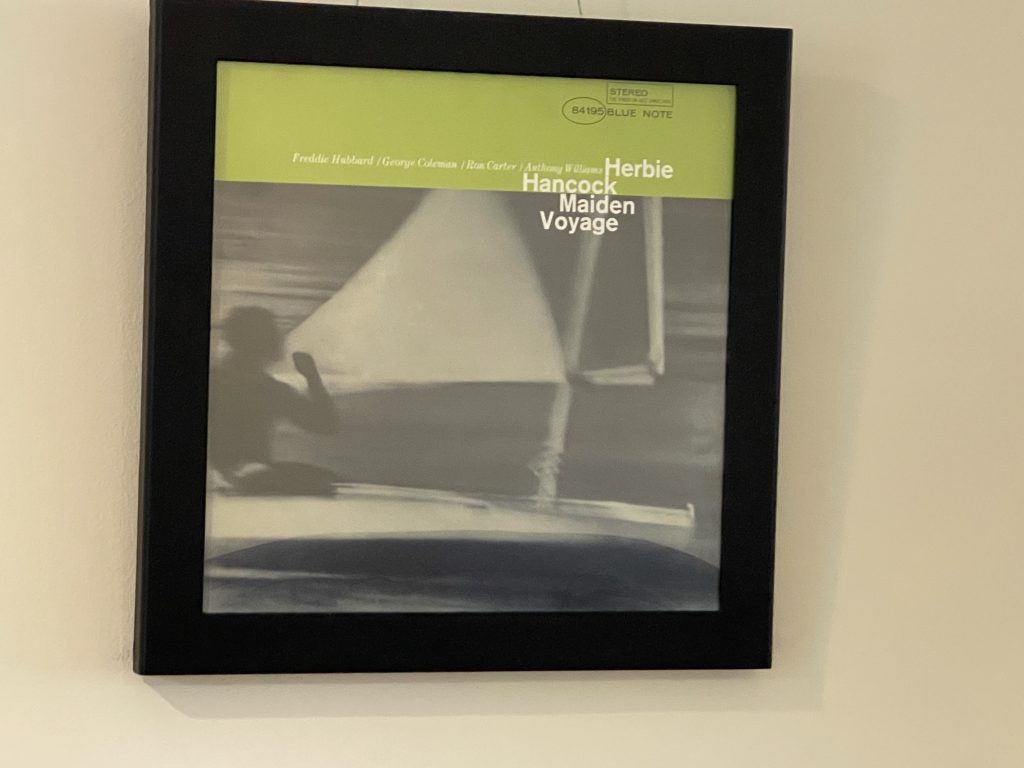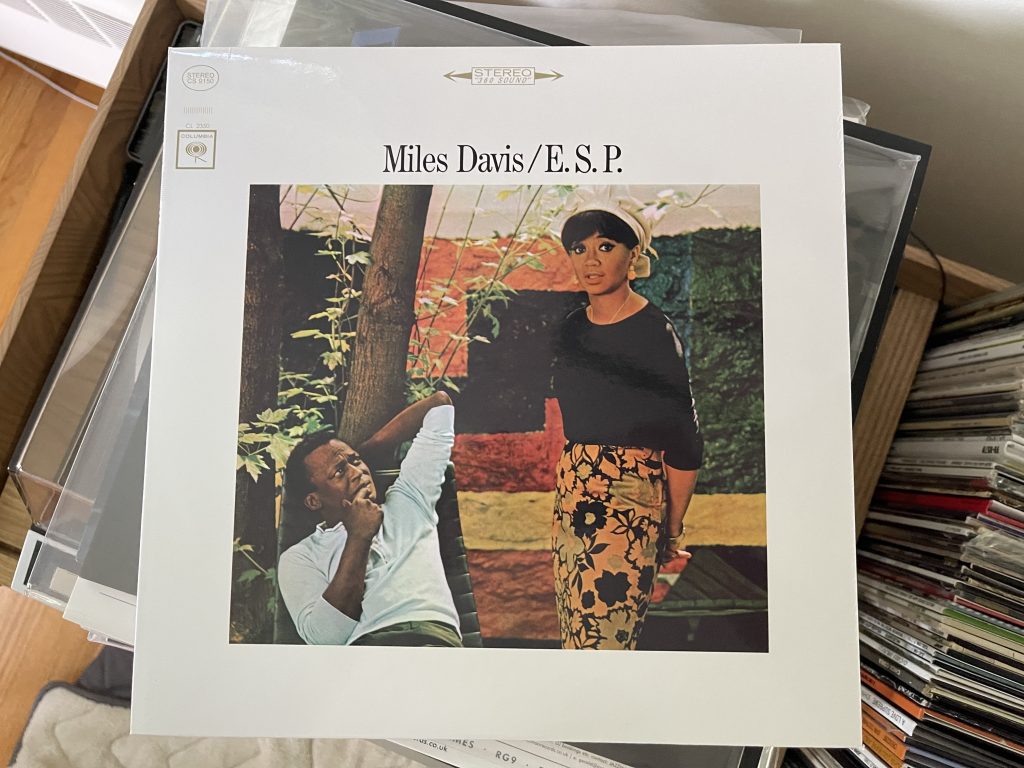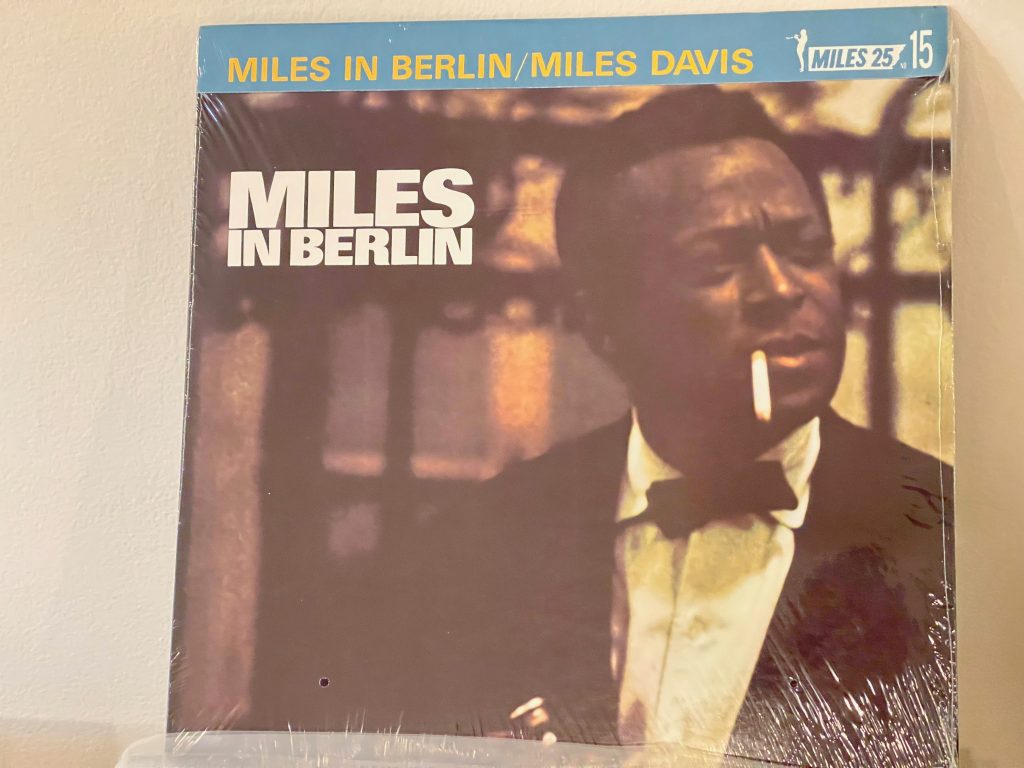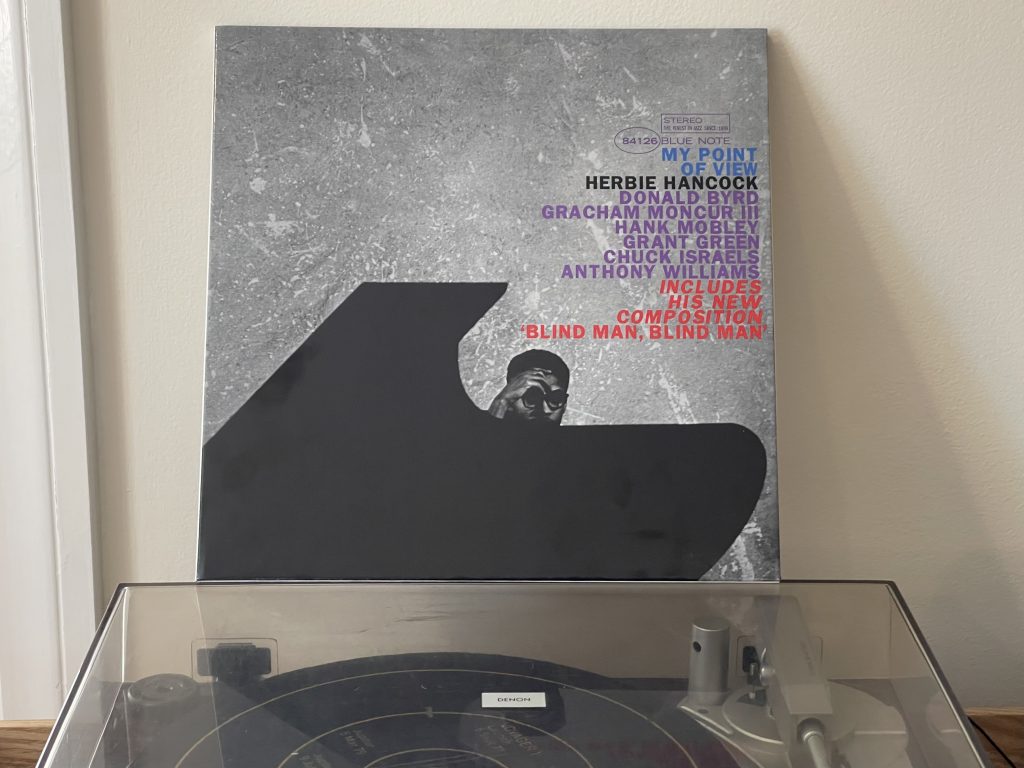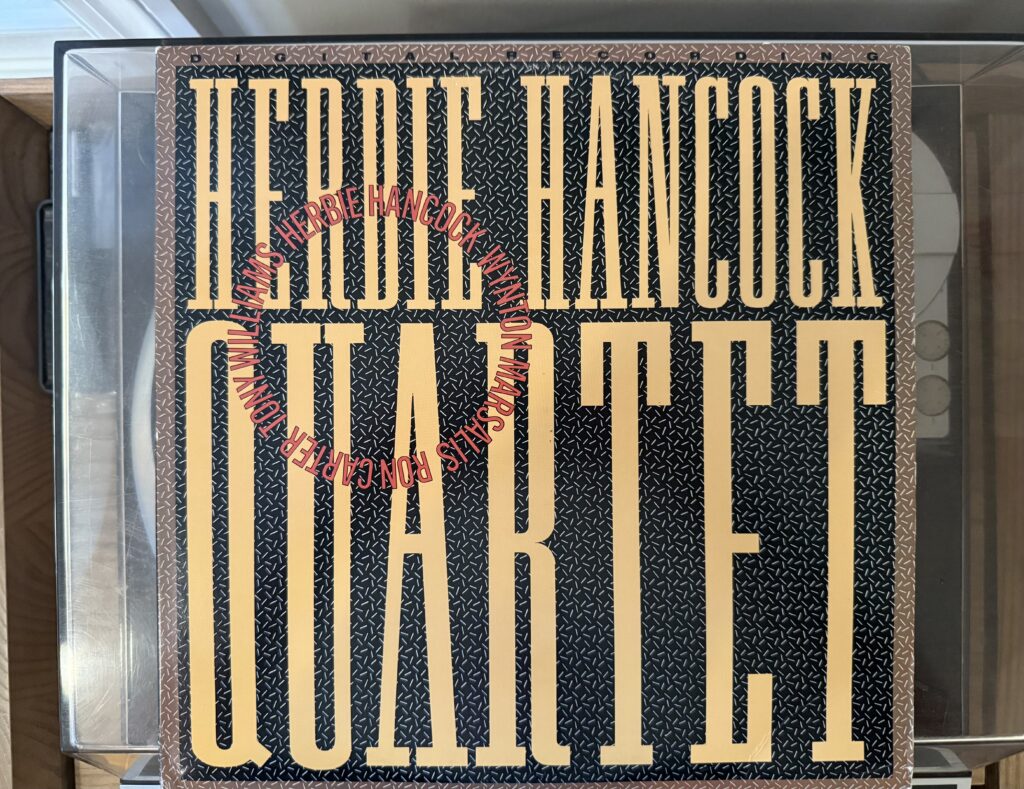
Album of the Week, November 9, 2024
In 1981, Herbie Hancock was still touring with the V.S.O.P. band—well, most of them. For a tour of Japan in July 1981, neither Freddie Hubbard nor Wayne Shorter were available. So for this record Herbie, Ron Carter and Tony Williams were joined by Herbie’s labelmate, a rising star of a trumpeter named Wynton Marsalis.
Wynton was born in New Orleans into a musical family. His father, Ellis Marsalis, was a pianist and music teacher who named Wynton after Miles’ former pianist Wynton Kelly. There was something in the water at the Marsalis household; Wynton’s older brother Branford became a jazz saxophonist (from whom we’ll hear more later), and his younger brothers Delfeayo and Jason played trombone and drums respectively. Supposedly, a six-year-old Wynton was at a table together with Clark Terry, Al Hirt and Miles Davis, when his father joked that the boy should have a trumpet too. Wynton went to school in New Orleans, became one of the youngest musicians admitted to the Tanglewood Music Center at age 17, and attended Juilliard.
From the beginning, Wynton’s technique was pristine; he could execute the crisp runs required for Baroque trumpet music as well as the post-bop jazz concepts that were part of his heritage from his father. This led to an interesting beginning to his career, where Sony marketed him as both a jazz and a classical artist. (We had a record featuring his performance of a Haydn trumpet concert in my house when I was growing up.)
Wynton’s technique is on full display on the opening track, a cover of Thelonious Monk’s “Well, You Needn’t.” (The blend of standards and Hancock compositions on the record leads me to imagine the musicians in the studio, trying to work out what Wynton could play from Herbie’s repertoire.) The arrangement is the one Miles’ first quintet played; the tempo is accelerated beyond even the faster tempos that he favored with the second quintet; and Wynton is on fire throughout, tossing off pristine runs and playing a series of sixth and seventh jumps precisely and almost casually. It sounds as though the band takes Wynton’s prowess as a challenge, with Williams especially laying down some fiery fills. Herbie responds to Wynton’s improvisations, but by the end the two musicians seem almost to be contending as Herbie goes into something of a Latin riff and Wynton throws off high descending glissandi. At the end Wynton stops time for a moment with a cadenza that, surprisingly, resolves into a blues ending.
“Round Midnight” is also given in the Miles arrangement (which leverages Dizzy Gillespie’s introduction to the tune), and Wynton channels the elder trumpeter, playing with a Harmon mute and generally playing it cool, except for a few tossed off glissandi. Herbie plays some abstract runs, and seems to try to move things along, but Wynton returns for a second run at the intro. His high trumpet part soars above Williams’ thunderous drums, though it lacks some of the urgency of Miles’ version. Herbie takes the solo, keeping it firmly in the second quartet’s idiom, with chromatic sweeps of chords driving through.
Tony Williams’ “Clear Ways” opens with a duet between Wynton and Carter, with the rest of the quartet joining soon thereafter. It’s a brisk number that wouldn’t have been out of place on E.S.P., with the opening Herbie solo featuring some Keith Jarrett-esque vocalizing in the background. Wynton’s solo is quick, crisp and pointed, and displays one of his limitations at this early stage of his career: while he is precise and fast in his improvised runs, he is innovating melodically but not improvising rhythmically. Carter’s solo, opening and closing with bold glissandos from the lowest string, similarly moves along with a sense of rhythmic inevitability without being at all predicable melodically.
“A Quick Sketch” is one of two Ron Carter compositions on the album, and is a completely different mood and color. More of a blues-flavored tune until Herbie and Wynton enter with descending chromatic scales, the tune is the longest one on the album and begins with an extended melodic introduction, followed by Wynton’s solo. Here he stretches out more, displaying greater rhythmic fluidity as Carter improvises on the repeated ground of the tune. Carter takes a solo on his own tune, and Wynton wraps up with a series of suspended notes that circle the tonic without ever landing there, at one point breaking into a quotation from Ted Grouya’s “Flamingo.”
“The Eye of the Hurricane” is the one Herbie Hancock work to repeat between the V.S.O.P. albums and Quartet. Wynton leads with another accelerated series of runs, but this time interrupts the string of sixteenth notes with other rhythmic patterns. The solo is oddly static, in that, while it is very busy, it ultimately seems to do nothing so much as circle around the central chord. Herbie’s solo builds in menace as it accelerates up until the “eye,” Tony Williams’ drum break, is upon the band.
“Parade” is the other Carter composition, and is restrained by contrast, opening with Herbie playing the tune as a free ballad. At about 2:30, the group enters, swinging into a gentle samba. Wynton plays a fiery solo atop the groove, urging the group forward, only to have it return to a reverie until the very end, where Williams and Carter pick up the double-time melody that Wynton began.
Herbie’s “The Sorcerer,” from the Miles album of the same name, is given a reading of similar intensity to “The Eye of the Hurricane.” At the end of his solo, Wynton plays a chromatic descending scale which Herbie picks up and makes the foundation for the opening of his solo; Ron Carter picks up on the same pattern, performing it in portamento.
“Pee Wee,” a Tony Williams composition also found on Sorcerer, here gets a sleepy reading courtesy of Wynton’s muted playing, contrasting Herbie’s surging piano. Wynton plays the tune an octave up from its original performance by Wayne Shorter, and the result loses some of the quiet urgency of the original performance. The contrast with Jule Styne and Sammy Cahn’s “I Fall in Love Too Easily,” the only tune on the album from the Great American Songbook, is strong; together Herbie and Wynton play an emotionally rich rendition of the ballad to close out the set, in a reading reminiscent of Miles’ approach to “My Funny Valentine.” Herbie’s coda, in a different tonality entirely, underscores the somber brevity of Cahn’s lyric, bringing the album to a close in a very different place from where it started.
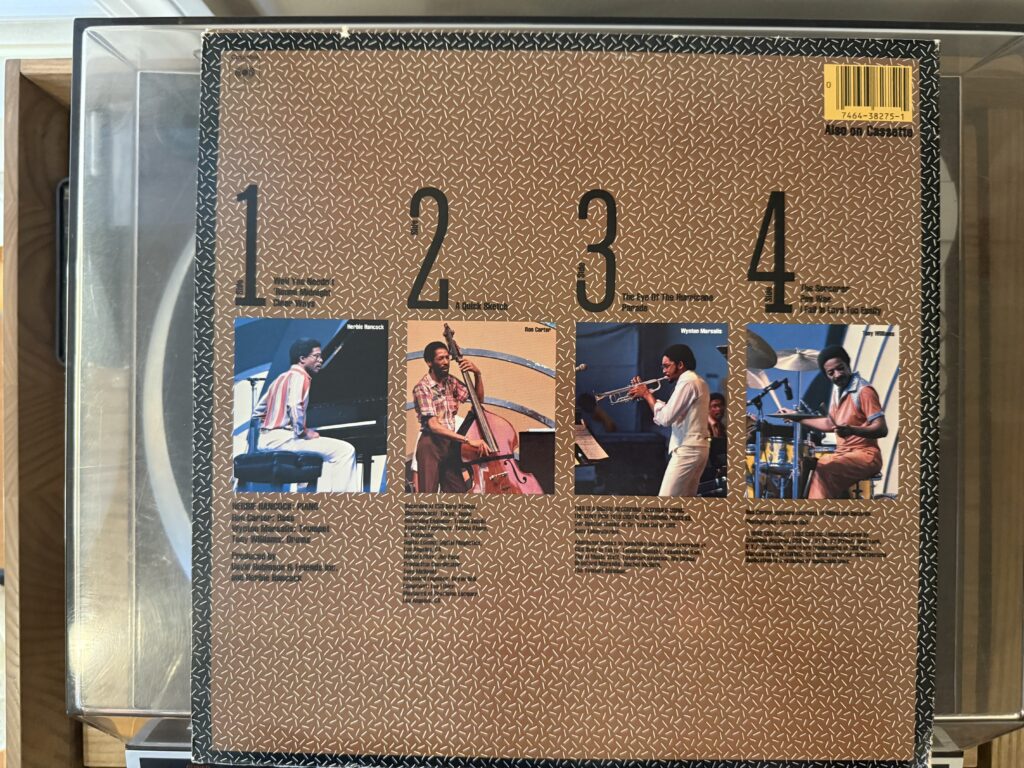
After this album, Herbie and Wynton’s paths diverged. The same sessions that produced Quartet also produced Wynton’s debut album, where he and Herbie’s trio were joined by Wynton’s brother Branford on saxophone, as well as other musicians. Herbie spent most of the 1980s following a very different direction; we’ll get a peek of that next time.
You can listen to this week’s album here:

